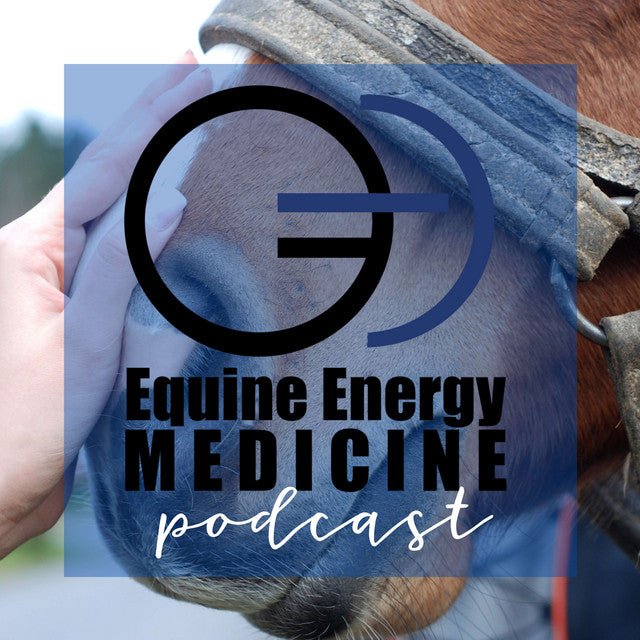A Winter Grooming Guide: 8 Tips For Maintaining a Healthy Horse Coat in the UK Cold
As the winter months approach, equine owners often face the challenge of maintaining their horses' coat in top-notch condition. The drop in temperature, coupled with unpredictable weather conditions, can lead to various issues including a dull coat, dry skin, and even fungal infections.
However, with a consistent and effective winter grooming routine, you can ensure your horse stays healthy, comfortable, and looking their best throughout the season.

In this article we have included all the essential tips and tools to guide you through the winter to ensure your horse's coat looks fantastic all winter long, read on to find out more.
- Invest in Quality Grooming Tools
Before you dive into your winter grooming routine, make sure you have the right tools at your disposal. Quality brushes, a shedding blade, a hoof pick, and a mane and tail comb are essentials. These tools will help you keep your horse's coat clean and well-maintained.
- Brushing and Curry Combing
Regular brushing and curry combing are fundamental to maintaining a healthy winter coat. Start with a curry comb to loosen dirt and dead hair from your horse's coat. Then, use a stiff brush to remove the loosened dirt and hair. Make sure to brush in the direction of hair growth to avoid damaging the coat.

- Addressing Dandruff and Dry Skin
Winter can be tough on your horse's skin, leading to dandruff and dryness. To combat this, apply a gentle equine moisturiser or you can use coconut oil as a moisturiser for your horse's coat. Be sure to focus on areas prone to dryness, such as the mane, tail, and the underside of the belly. Regular moisturising not only keeps the skin healthy and acts as a barrier against the harsh cold winds, but it will also add a natural sheen to your horse’s coat.
- Mane and Tail Care
Take extra care of your horse's mane and tail during the winter months. Brush them regularly to prevent tangles and remove any dirt or debris. You can use a detangler spray to make the process smoother. Avoid excessive washing, as it can strip natural oils from the hair. Instead, use a damp cloth to spot-clean as needed.
- Dealing with Mud and Moisture
Muddy winter conditions can be a nuisance for both you and your horse. To prevent mud from caking onto the coat, invest in waterproof blankets or sheets. These not only protect your horse from the elements but it also keeps their coat clean. Remember to check and adjust the fit of the blanket regularly to avoid chafing.
- Healthy Feeding and Hydration
A horse's coat health is closely linked to their overall well-being. Ensure your horse receives a balanced diet with proper nutrition and hydration. Proper feeding keeps their coat nourished from the inside, promoting a healthy shine.
During the winter, feeding your horse plenty of forage like hay, chaff and pasture provides your horse with many of the calories they will need to maintain weight during winter. Aside from that, forage will keep your horse warm in the stables too. Forage keeps your horse warm due to it fermenting in the gut bacteria, this process produces heat, and it is this heat that really helps a horse to stay warm during the winter months.
- Winter Clipping
In some cases, particularly if your horse has a thick winter coat and you plan to exercise them regularly, you might consider a partial body clip. This helps prevent overheating during workouts and keeps the coat more manageable for grooming.
- Maintaining Hoof Health
Don't forget your horse's hooves during winter grooming. Regularly pick out their hooves and ensure they're clean and free from mud and debris. This not only promotes overall hoof health but also prevents damage to the coat when your horse tries to stomp off mud.
As well as using these tips as your guide to a healthy, happy horse's coat there are other factors to consider when grooming such as:
How often should horses be bathed?
There are no strict guidelines for how frequently you should bathe your horse, but during the autumn and winter months, you might want to be a bit more diligent. To maintain a clean and tangle-free mane and tail, consider plaiting them. Using a coat conditioner can assist in removing mud and potentially preventing it from sticking to your horse's coat if applied before they head out for turnout.
Some people believe that excessive soapy baths can lead to a dry and lacklustre coat, so it's advisable to find alternative ways to keep your horse clean without excessive rinsing. Brushing their coat can actually enhance blood circulation and stimulate the body to produce its natural oils, keeping their coat healthy and shiny and also keeping your horse warm.

How do you keep white markings white?
Preserving the radiance of light coats and white markings can pose a challenge, but there are effective strategies available. To start, consider trimming the hair short on the legs for easier maintenance. Incorporate a blue shampoo into your routine once a week to enhance the coat's brightness and emphasise the white areas. This shampoo will also help in removing any dirt that might be diminishing its lustre.
What's the best way to care for your horse's tail?
Tails and manes can be quite demanding, especially when they're lengthy or prone to tangling. To keep them in good shape, use a reliable detangling shampoo as needed. After shampooing, apply conditioner, plait the hair, and let it sit for a few minutes. Ensure thorough rinsing before letting your horse back out.
A proper winter grooming routine is not just about aesthetics, it's about ensuring your horse's well-being during the colder months. Regular brushing, moisturising, and the use of proper blankets can help your horse maintain a healthy and vibrant coat. Remember, the time and effort you invest in winter grooming will be repaid with a happy and comfortable equine friend and a well prepped riding companion come spring. So gear up for the winter, and make sure your horse stays warm, dry, healthy and beautiful all season long.
















